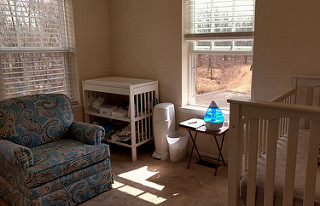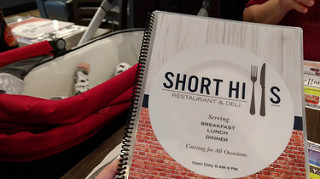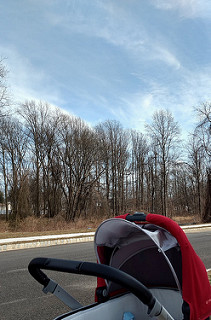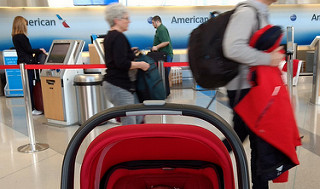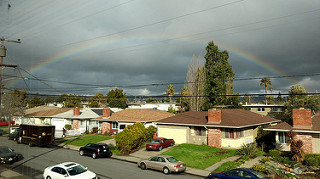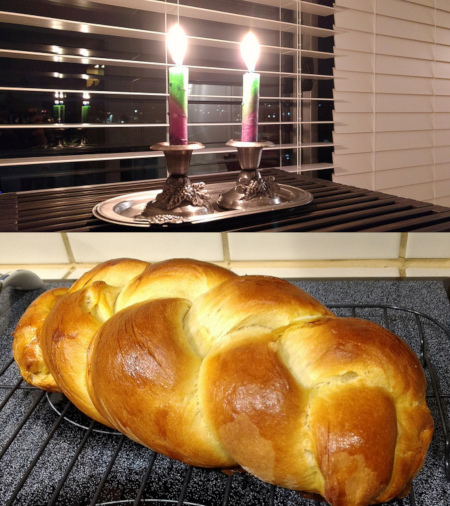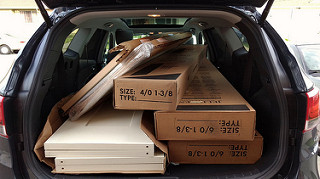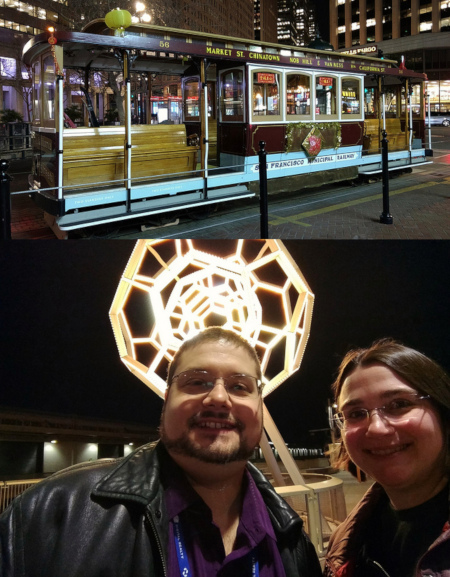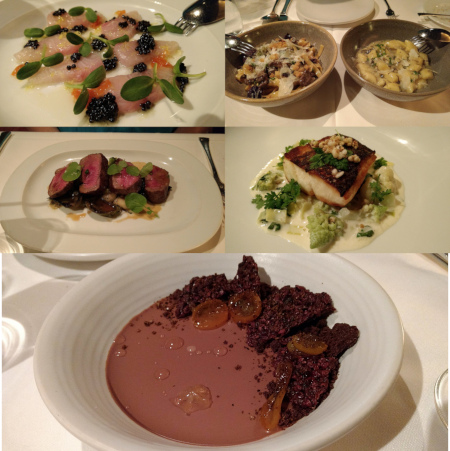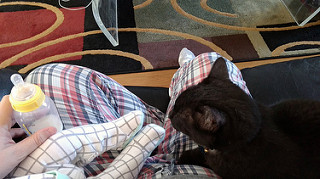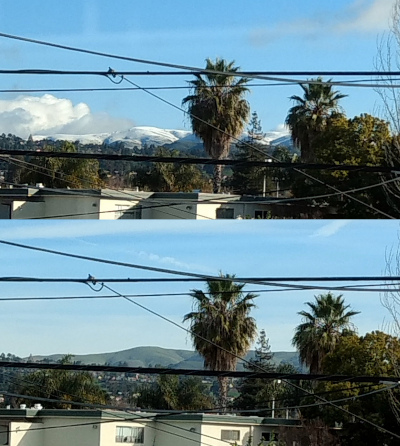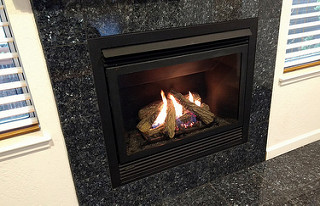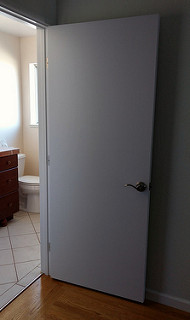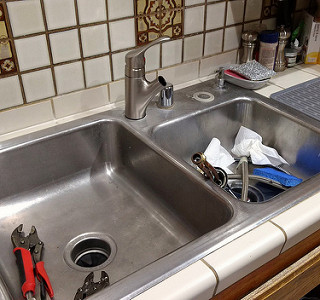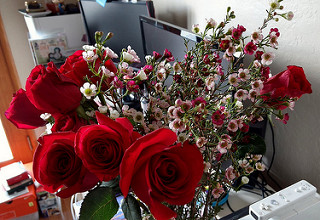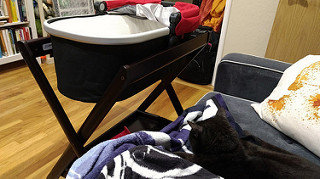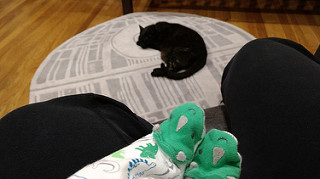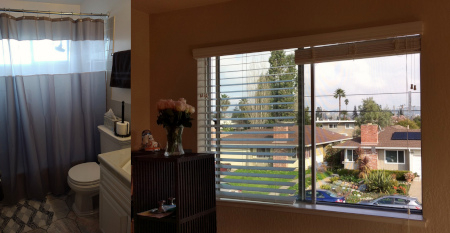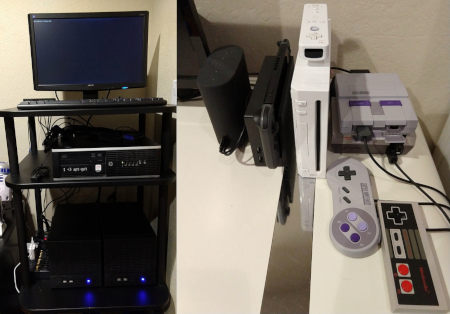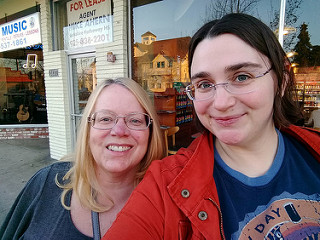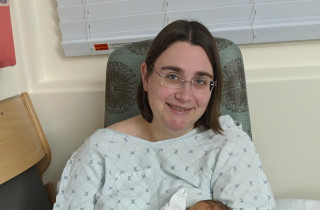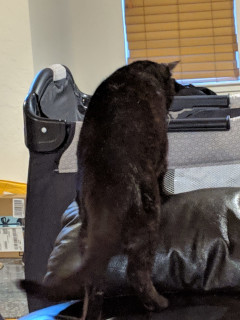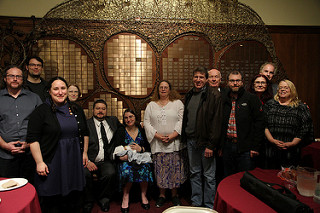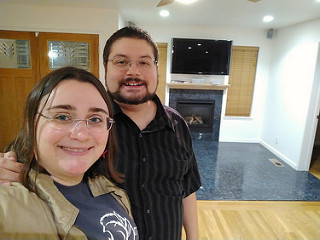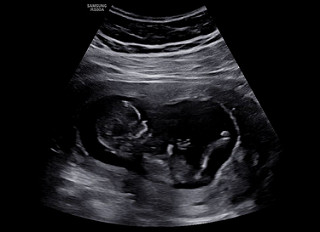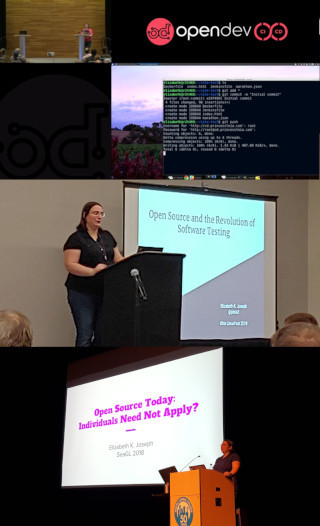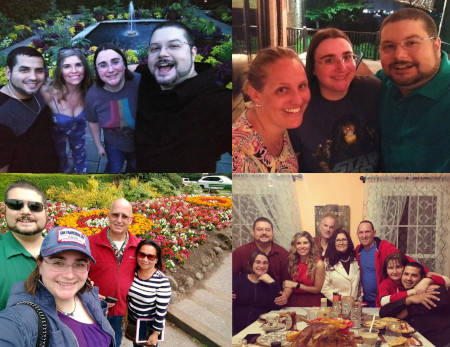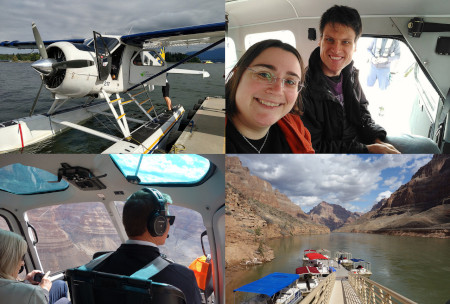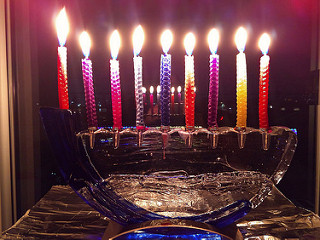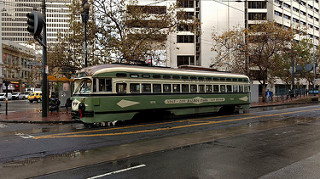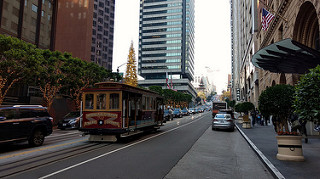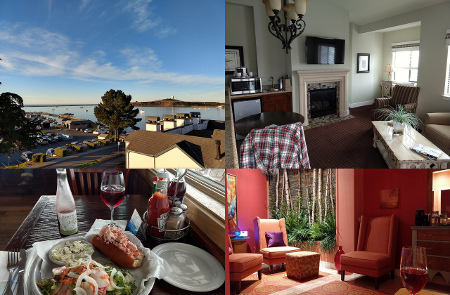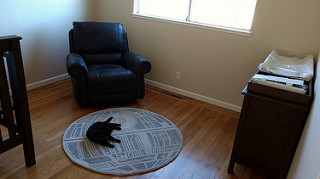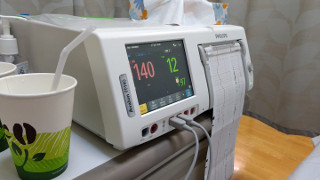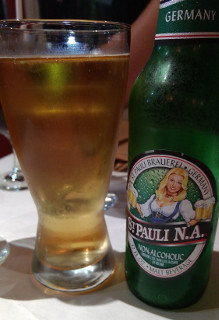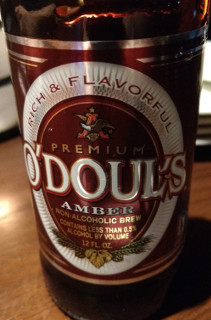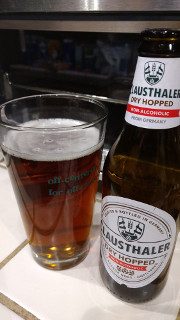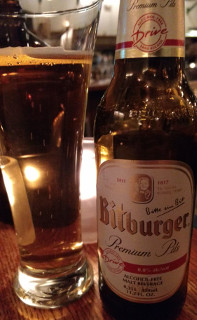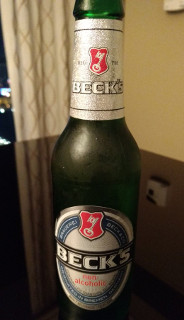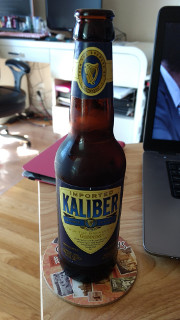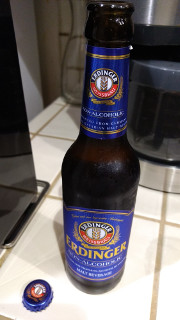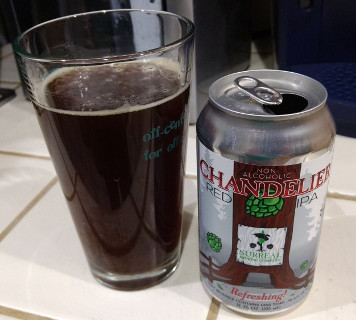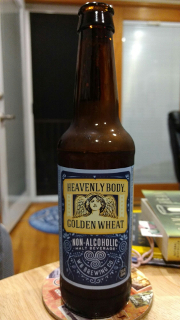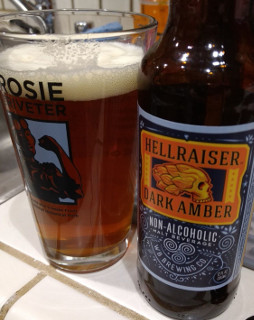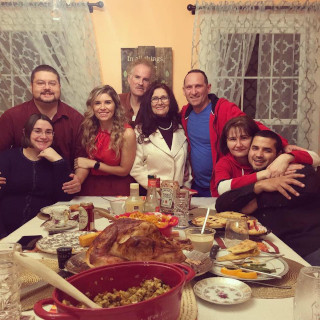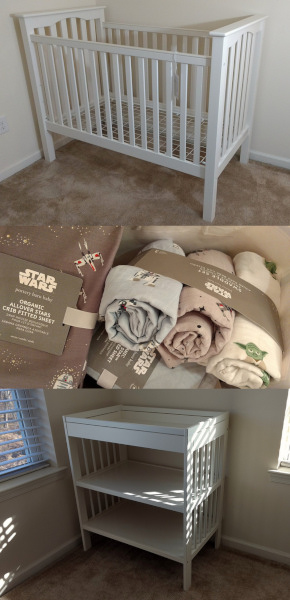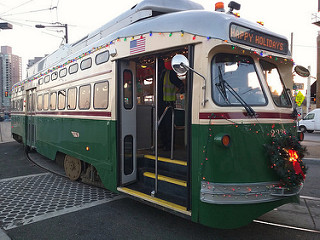I mentioned in a post back in October that I’d been trying non-alcoholic during my pregnancy. Now, a quick disclaimer: NA beers give their alcohol percentage as “less than 0.5%.” Since I embarked on this experiment because I am pregnant and I have mostly stayed on the side of alcohol abstinence since learning I was pregnant. As such, I’ve limited myself even when it comes to the NA beers. I max out at to two per sitting, and haven’t indulged on sequential nights. So don’t worry!
One of the key things I’ve come to recognize during these seven months without drinking is what my relationship with alcohol actually looks like. For the most part, it’s not about the alcohol itself. Don’t get me wrong, there were a few times over the past several months when I wanted to just go out for drinks with people to relieve stress and put distance between myself and my problems, but those times have been rare, especially given the tumultuous year I’ve had.
What actually I miss are the taste, ritual, and social aspects of drinking. I love the taste of a solid micro-brewed beer. I have fun geeking out with my beer friends over our check-ins on Untappd, and tracking what I’ve had over the years. I miss the variety of what I can drink as an adult when alcohol is an option. I’ve come to more strongly sympathize with non-drinkers who are so often presented with a list of water, iced tea, or soda. After years of very light consumption, my soda intake has gone up during this pregnancy and I’ve had a lot of iced tea. When MJ and I sat down in Las Vegas at a Michelin starred restaurant, I wished I could indulge in the wine pairing that was specifically selected to complement the meal. At the various conferences I attended this year, I missed the ability to grab some beers with my fellow conference-goers as I had so many times before (it’s really not the same when I tag along and order a root beer). As I stare longingly at my cabinet of whiskey, it’s the ritual of pouring a glass after a rough day and curling up next to the fireplace with a book, something I have satisfyingly done with some nice herbal tea, but it’s a different experience.
After enjoying some non-alcoholic beers one night, I was perfectly fine with having a clear head, not have to down a bunch of water to get re-hydrated before bed, and certainly don’t miss the mild headache in the morning after having a few. Plus, I get to check-in on Untappd! Though I’m sure my friends there are terribly amused by my NA adventures, it has helped me stay connected.
So now we get down to it, is non-alcoholic beer worth it?
The first problem, at least for me, is that NA beers are overwhelmingly lagers, and I’m an ale girl. Coming from the starting point of not being a fan of lagers in the first place, I was left in a very disappointed space when I started looking for NA beers. However, the main problem is that availability of NA options at all is extremely limited. You won’t any NA options at most places, and what you do find is usually the mass-produced stuff that is not very good. Still, I did end up having the “usual suspects” when it comes to beer at a couple places.
You’ll see St. Pauli NA and O’Doul’s on a lot of menus as their default offerings in the US. The St. Pauli I had at our local Indian place here in Castro Valley I should have passed on, it wasn’t much above water. The O’Doul’s Amber was actually not so bad and a good complement to my meal when we found ourselves at a bar and restaurant near our place in Philadelphia over Thanksgiving.
Speaking of Philadelphia, they do a bit better in the NA beer department than other areas I visited. They actually had Clausthaler Dry Hopped lager at another bar and restaurant we went to with friends. It was also available at Wegmans, so I was able to pick up a six-pack for Thanksgiving (even if I couldn’t convince my brother-in-law and Untappd buddy to try one, hah!). Again, a lager, but the dry-hopping gets me a bit closer to where I want to be and satisfies some of my longing for hops.
I got to enjoy the Bitburger Drive when I was out with a friend at Anchor & Hope in San Francisco back in October. One of the draws for this place is their beer menu, so I was somewhat reluctant to visit while I’m off beer, but they hooked me up with their off-menu NA option. It’s a Pilsner, so not really my thing, but it was a nice addition to my meal and I appreciated it.
And conferences? One of the chairs for LISA18 recognized that half of the organizing committee for the conference was made up of people who weren’t planning on drinking during the event, so he went shopping for some NA beers to bring to a little after-party. I skipped the Old Milwaukee NA he picked up, but I did grab one of the Beck’s NA. Lager again! But it was nice to feel like part of the crowd with a green beer bottle in hand.
That was pretty much it for my in-restaurant and social adventures! This meant that I largely couldn’t satisfy the social or dinner-out accompanying problems with a teetotaler lifestyle.
Back in California, I hit a local Total Wine & More store to grab some of the NA beers that had decent ratings, for what they were.
Kaliber is made by Guinness, and I was pleasantly surprised by this one. Of the European brews, it’s probably tied with Clausthaler as a favorite. Alas, I can’t say the same about Erdinger. I’d still choose it over a St. Pauli or O’Doul’s, but I have my reservations about finishing the six-pack.
But where would I really rather spend my calories? None of the options above. The US microbreweries specializing in NA beers are where it’s at.
I wrote about the Chandelier Red IPA back in October, so I’ll just repeat what I said there:
The second comes from just south of me, Surreal Brewing, which makes a red IPA! Now, since I love hops and am often indulging in the most ridiculous hoppy beer I can find, it was a bit mild for me, but it was still good and an effective way for me to get my hops fix, even if it’s just a little one.
They only came in packs of four cans! I may actually pick more of this one up during the breast-feeding stage in months to come.
My favorites were from WellBeing Brewing near St. Louis. Their Heavenly Body Golden Wheat was the most beer-like one I tried and my favorite. The Hellraiser Dark Amber is a close second, and I’m really looking forward to their Coffee Cream Stout!
Alas, at the end of the day, none of these beverages are really beer. They are either really mild or have unusual aftertastes, or both. Still, with a long period of breastfeeding ahead of me I should probably get used to avoiding alcohol except for really special occasions when I’m willing to make the required accommodations. As such, I’m especially grateful for the microbreweries who have started to get into this space and offer options that I’ll happily drink until I’m able to return to the land of alcohol drinkers.


